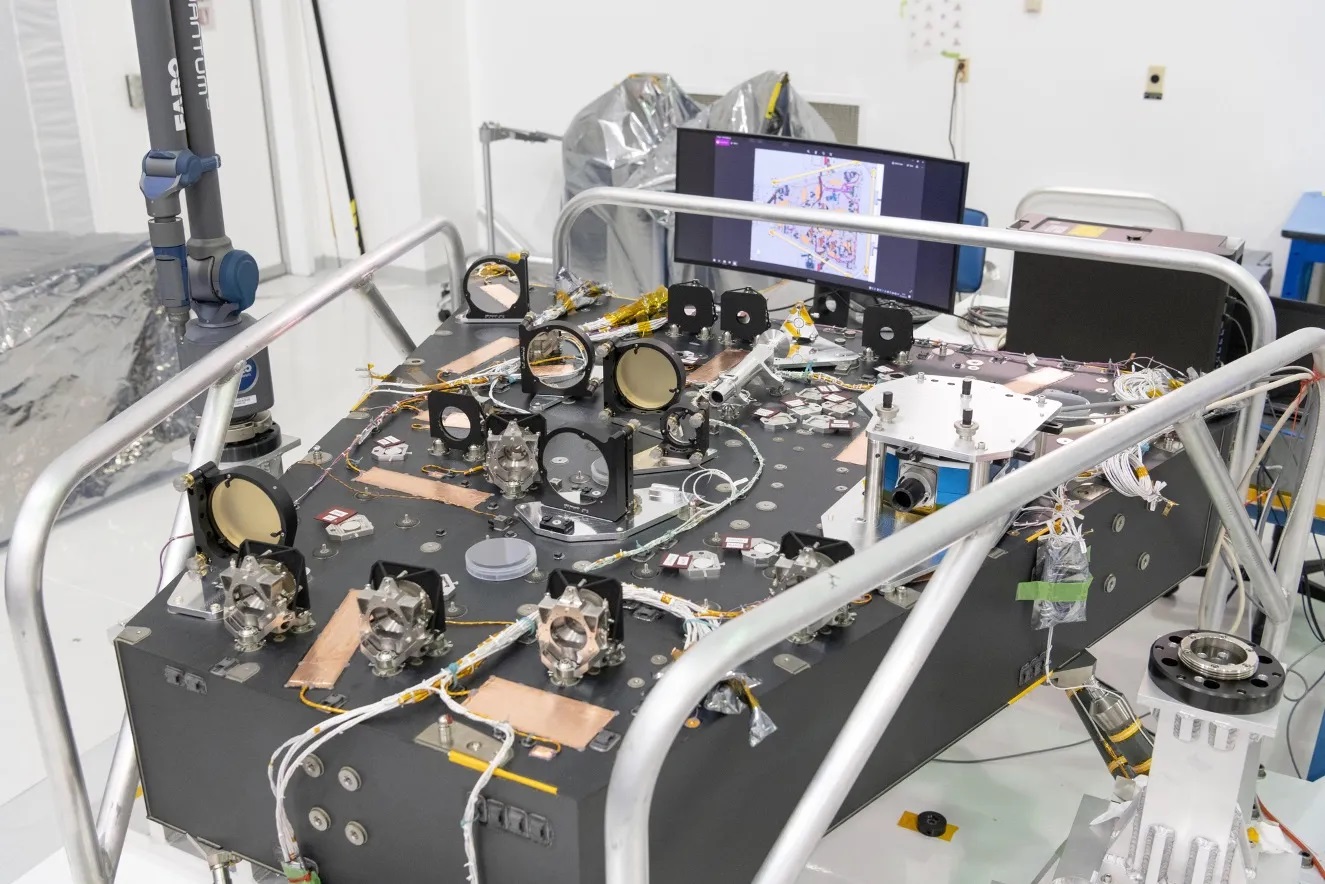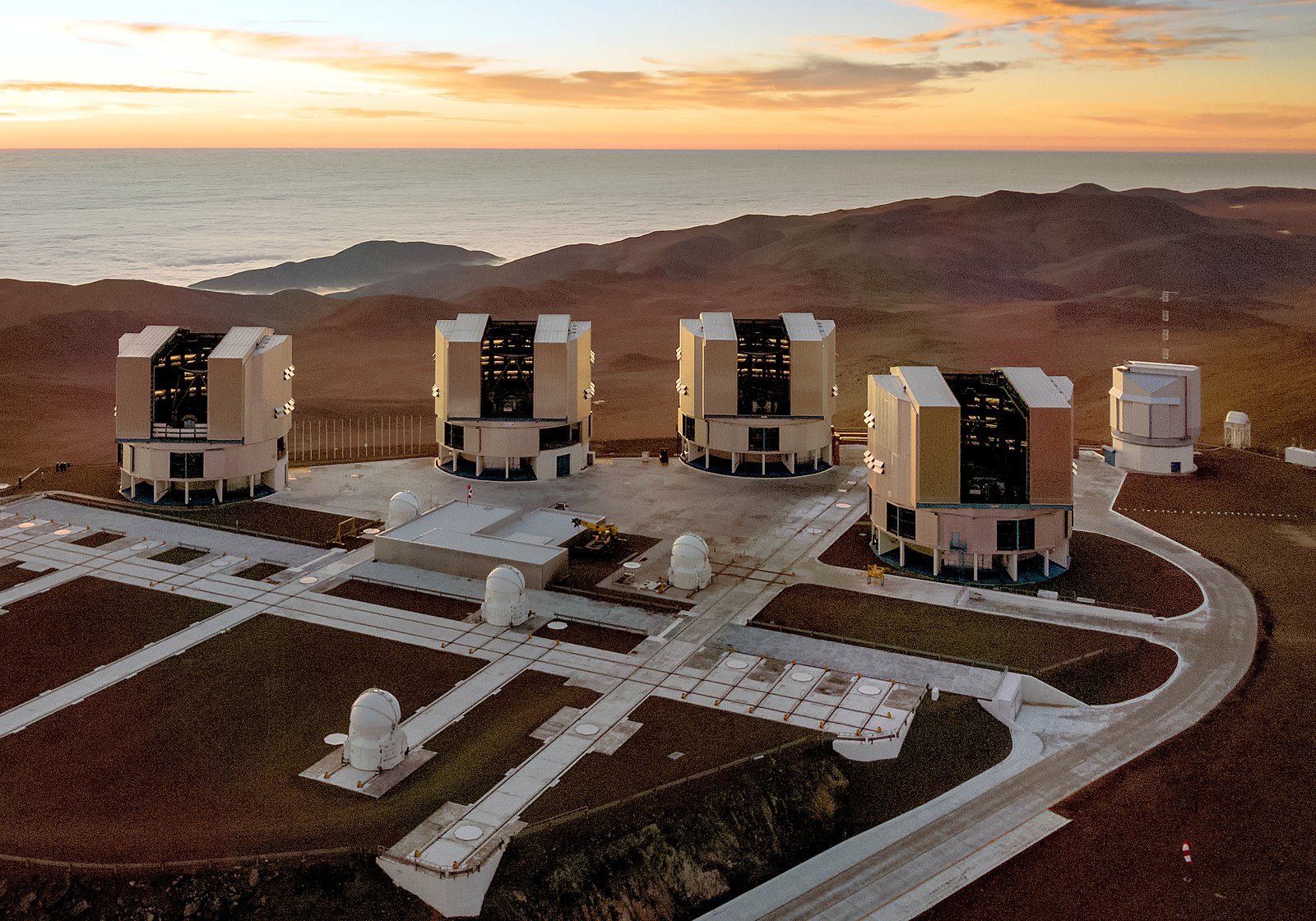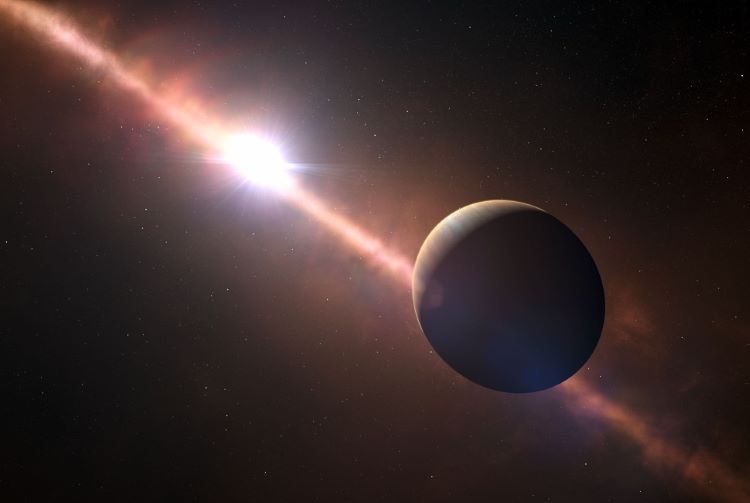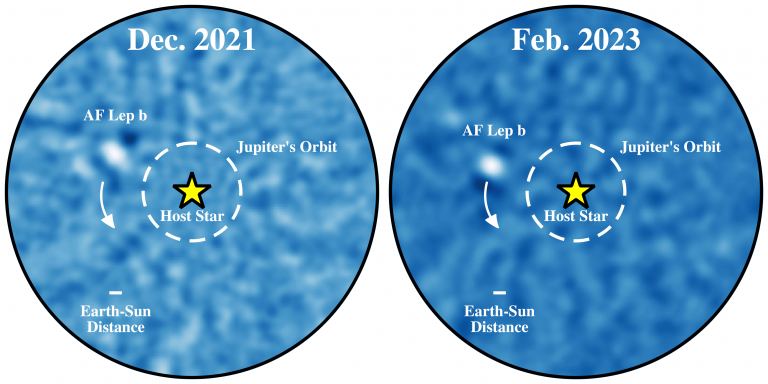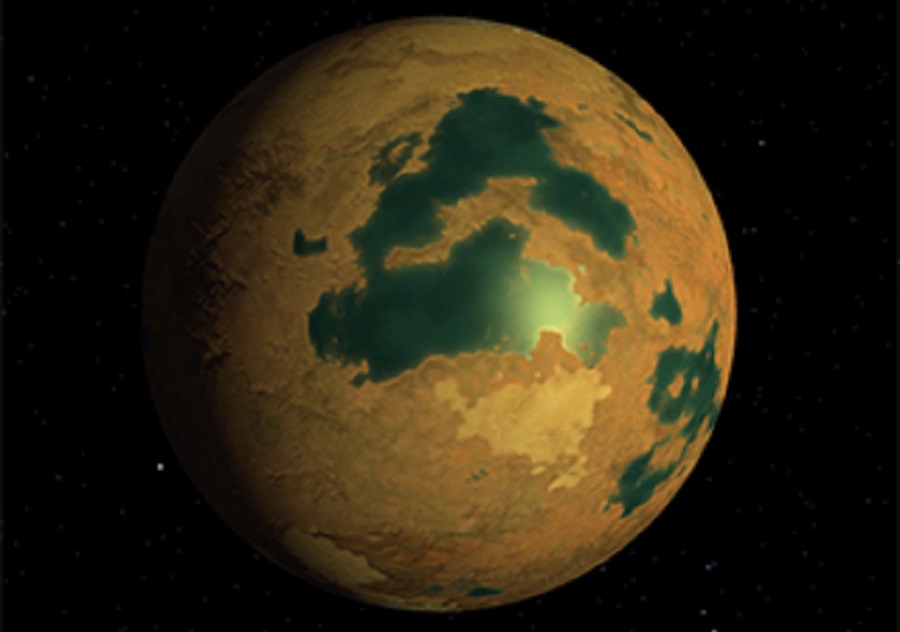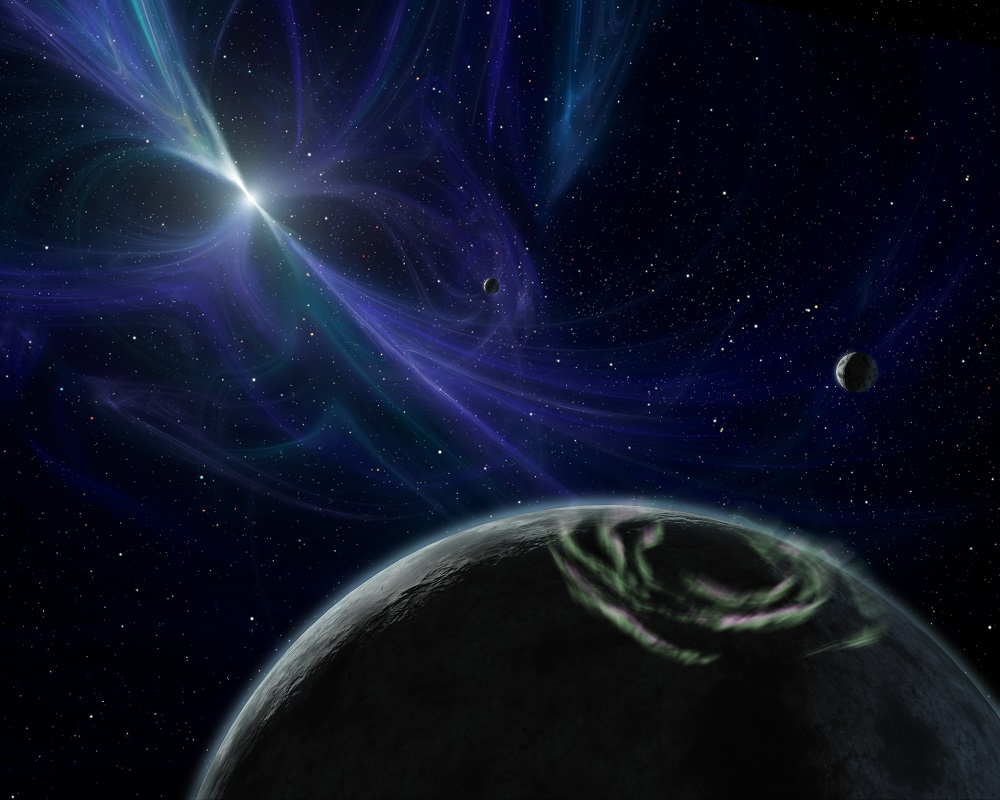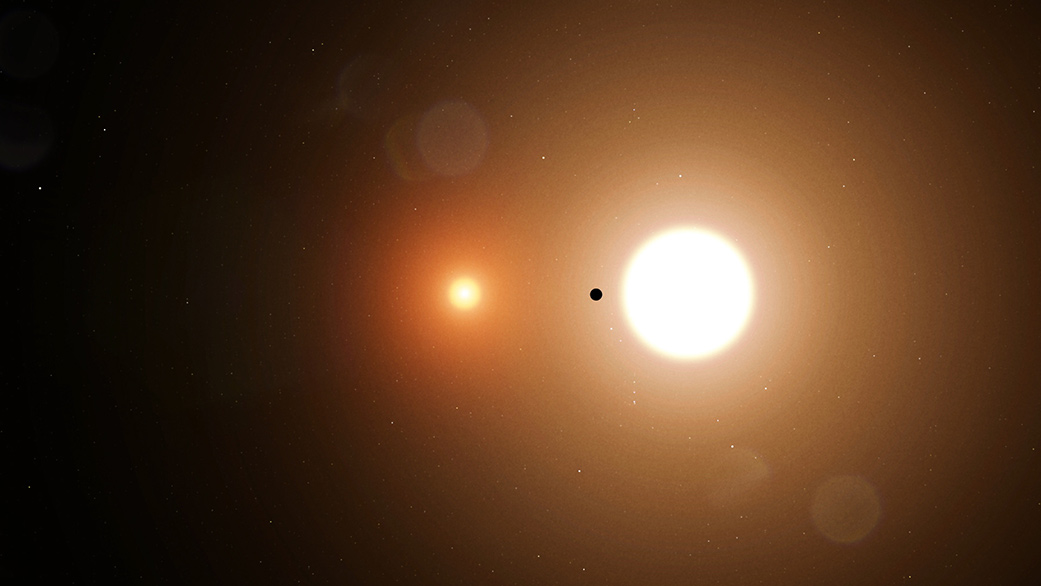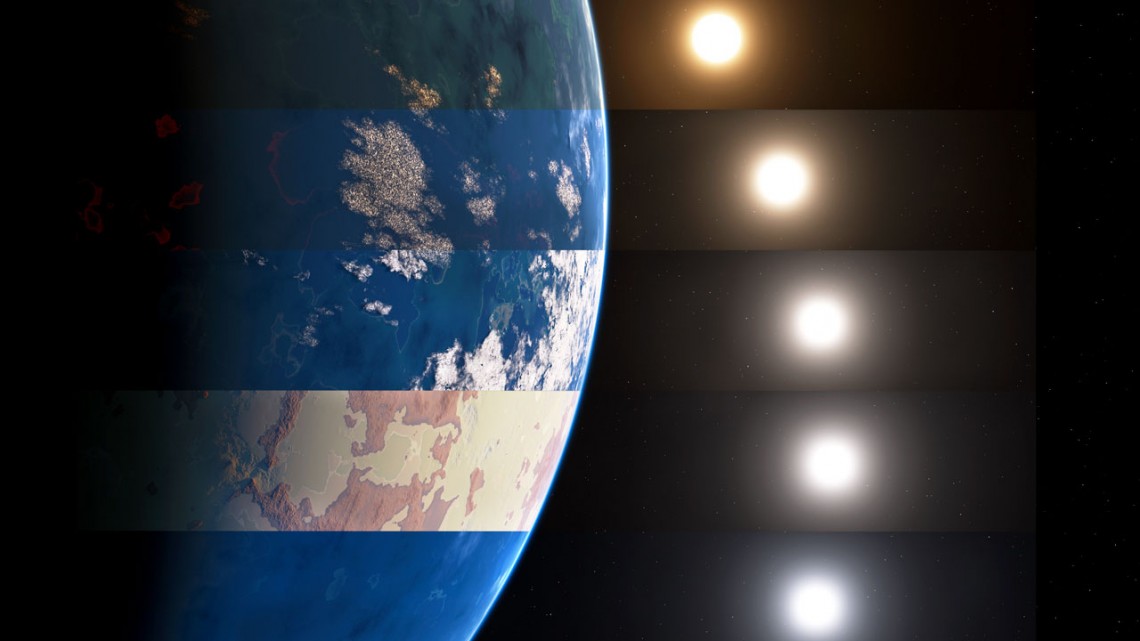Fans of Star Trek were over the Moon when, in 2018, astronomers with the Dharma Planet Survey (DPS) announced the possible detection of 40 Eridani b, an extrasolar planet in the star system 40 Eridani. Located just 16.3 light-years away, this triple-star system happens to be where the planet Vulcan was located in the popular franchise. Based on radial velocity measurements of the system’s primary star (40 Eridani A), the discovery team estimated that “Vulcan” was a rocky planet several times the mass of Earth (a Super-Earth) with an orbital period of 42 days or so.
The existence of this exoplanet has remained a controversial subject ever since. A study released in 2021 concluded that the signal was a false positive, but the debate remained open. Now, according to a new study by an international team of researchers, the detection of 40 Eridani b was a false positive that astronomers mistook for an exoplanet. The study was part of an archival review of exoplanets to identify promising candidates for follow-up studies. So while “Vulcan” is currently off the table, these results could lead to other exciting discoveries in the coming years.
Continue reading “Sci-Fi Christmas is Ruined! Planet Vulcan Doesn’t Exist”


